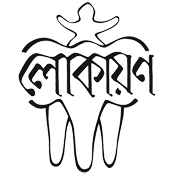Meet the Museum Founders
The museum established by Dr.Md Shahid Uz Zaman is located at Akcha village near by Thakurgoan.
River plays the vital role in the evolution and the development of civilization. Being a riverine Country 56000 Square mile of Bangladesh is crisscrossed by many rivers. The historical sources mentioned that, there are about 1300(thirteen hundred) rivers in Bangladesh in the medieval period. For the last some hundred years many river have lost their life line due to climate change and geo- political facts. Bangladesh Water Development Board conducted an extensive survey in 2023.They identified the existence of 815 rivers in Bangladesh. Learn More…
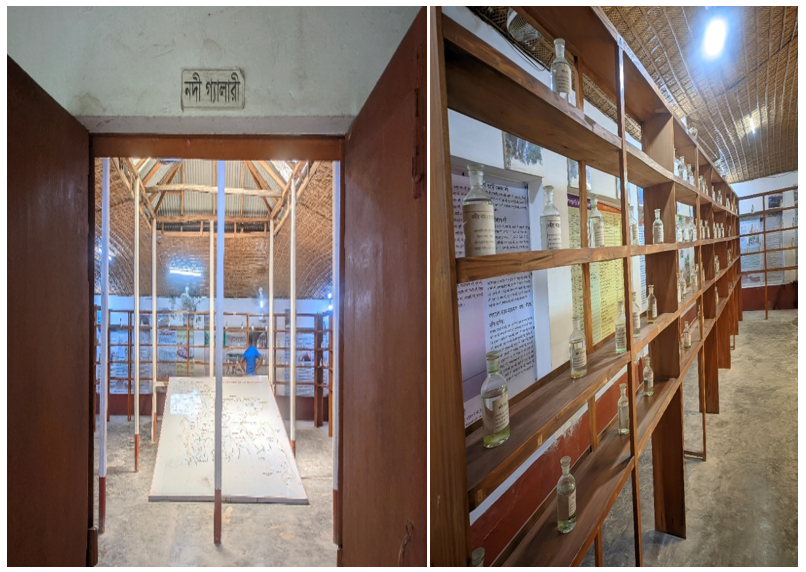

Lokayan Livelihood Museum has been working for the protection of the intangible cultural heritage of Bangladesh. Language is one of the core components of intangible cultural heritage. Language is one of the vital tools that have been leading towards to development of the civilization. Language contributes as a utility through knowledge and experience, awareness, harmony, evaluation of thought, culture and most importantly for the progress of human civilization. Indian sub-continent has a rich history of cultural and language diversification and so do Bangladesh. Learn More…
The museum established by Dr.Md Shahid Uz Zaman is located at Akcha village near by Thakurgoan.
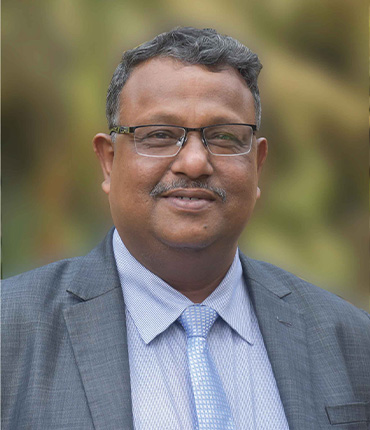
Founder & Executive Director
Eco-Social Development Organization (ESDO)
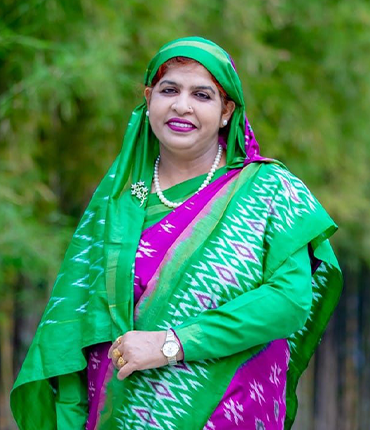
Director (Admin)
Eco-Social Development Organization (ESDO)
Lokayan aims to build a generation with real values and the sense of nationalism through exercise of diverse traditional and cultural aspects of life.
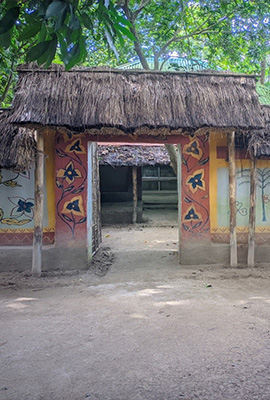
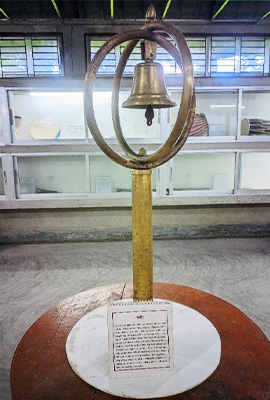
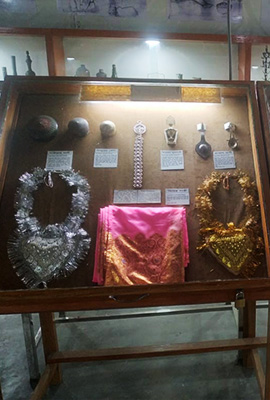

Please contact us for details. Thank you.
Please contact us for details. Thank you.
Please contact us for details. Thank you.
Please contact us for details. Thank you.
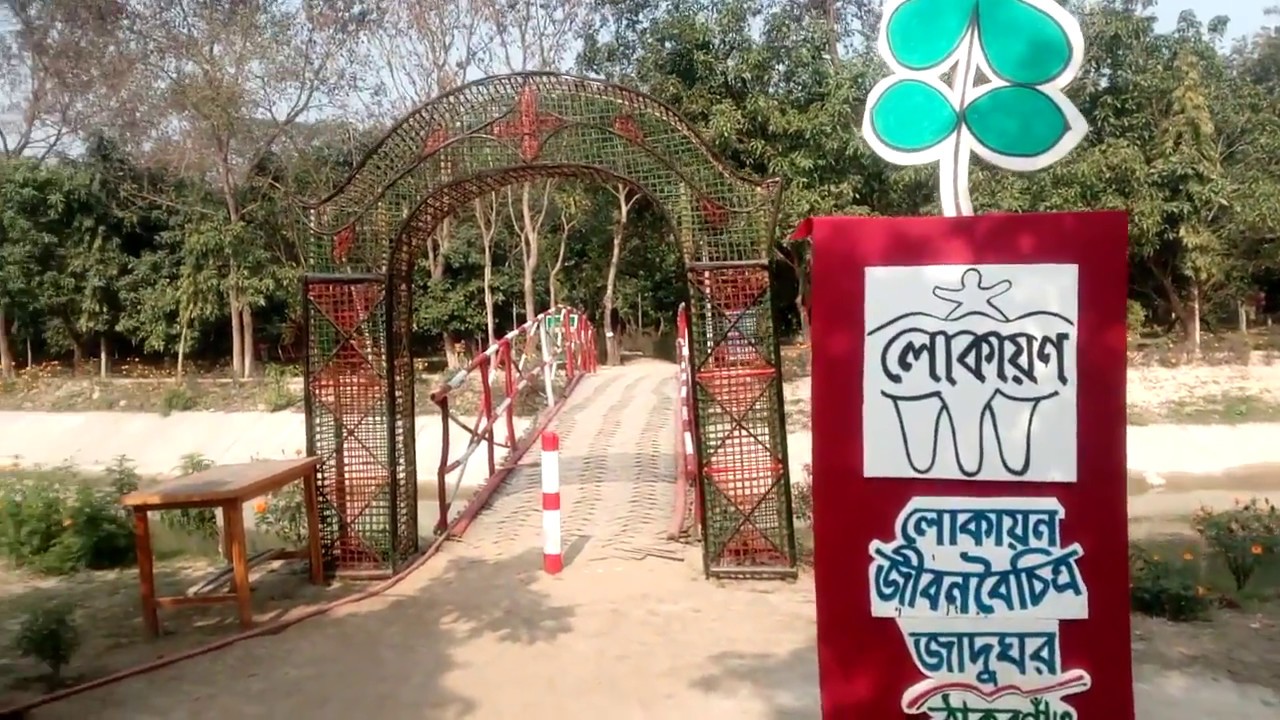
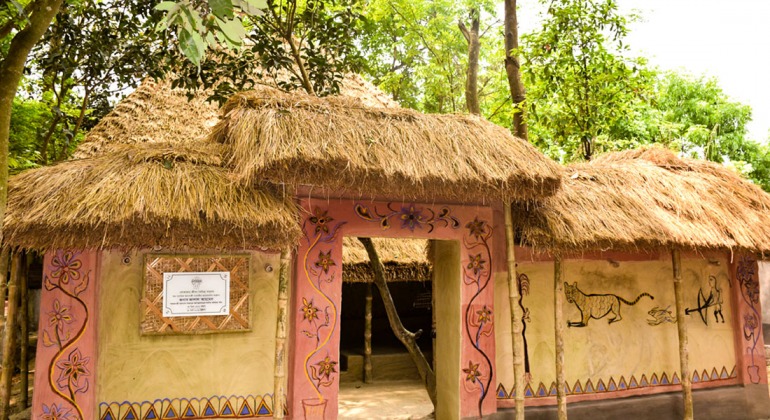

As a tribute to the martyrs of independence war Dr.Md Shahid Uz Zaman built ‘Aparajeo Ekattor’ in 2012. He also built a sculpture ‘Muktiro Mandiro Sopano Tole’ to pay tribute to sacrifices in liberation war. He also renovated the grave of first martyr Mohammad Ali of Thakurgaon, who sacrificed his life for freedom.
The Liberation War Gallery at Lokayan Livelihood Museum has been prepared with the chronological political history of Indian Sub-continent and as well as the independence of Bangladesh. Memoirs of liberation war are preserved here with due honor. Collection of soil from 133 slaughter place from 17 districts are displaying with the authentic history of its own. Learn More…
